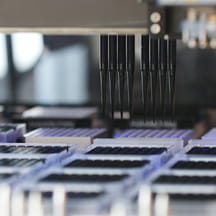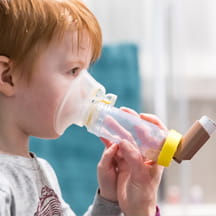Anne Rowley, M.D., is a pediatric infectious diseases specialist at Ann and Robert H. Lurie Children's Hospital of Chicago and a professor of Pediatrics (Infectious Diseases and Microbiology- Immunology) at Northwestern University Feinberg School of Medicine in Chicago.
Since Rowley's interview, health care providers have reported unusual presentations of a Kawasaki disease-like inflammatory syndrome in children who also test positive for COVID-19. Here are Rowley's comments on her research unrelated to the pandemic.
NEW HOPE: Rowley's research identified for the first time a segment of a new protein sequence that might be causing Kawasaki disease, the leading cause of acquired heart disease in children. Kawasaki disease is relatively uncommon, affecting mostly children between 6 months and 5 years of age. Lurie Children's sees 50 to 60 newly diagnosed Kawasaki disease patients a year. Although the disease was first described in the 1960s, its cause has remained elusive—until now.
THE CAUSE: "We finally have the first indication of what the cause of the disease might be. We discovered a small protein sequence that is targeted by the antibodies that kids with Kawasaki disease produce as part of their immune response. This is a highly promising breakthrough toward determining a causal agent of the disease."
REDUCING RISK: "Establishing the exact cause, which is believed to be viral, is critical to advancing the diagnosis, treatment and prevention of Kawasaki disease," Rowley says. "While the standard treatment, intravenous immunoglobulin and aspirin, can substantially decrease the risk of heart disease, children with the disease have a 30% chance of developing heart disease, and infants are at higher risk with a 50% chance of cardiac complications."
PREVENTION: "Once we establish the cause, we can work on developing a vaccine to prevent these infections," Rowley says. "Knowing the cause also helps us diagnose the disease and develop more precise treatment. Our team is building on our findings and trying to map the entire protein sequence that may be causing Kawasaki disease."
CONTINUING WORK: "This would not have been possible without strong partnerships with families of children with Kawasaki disease. The families want answers and they've put their trust in this research," she says. "We have the responsibility to keep searching, to deliver those answers and optimize diagnosis, treatment and prevention of Kawasaki disease."


